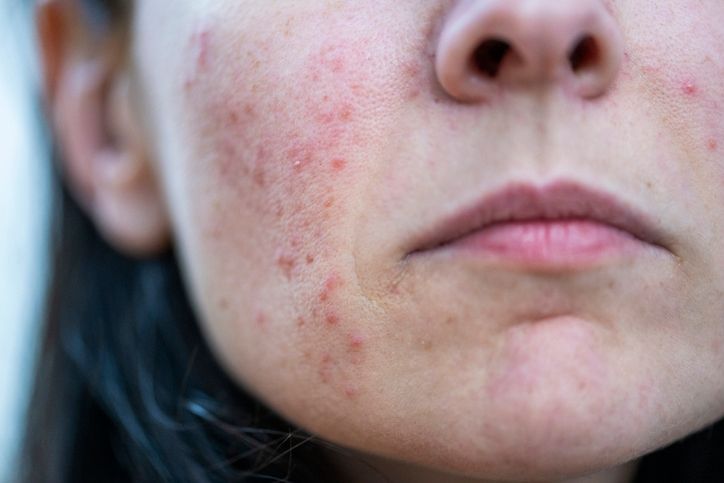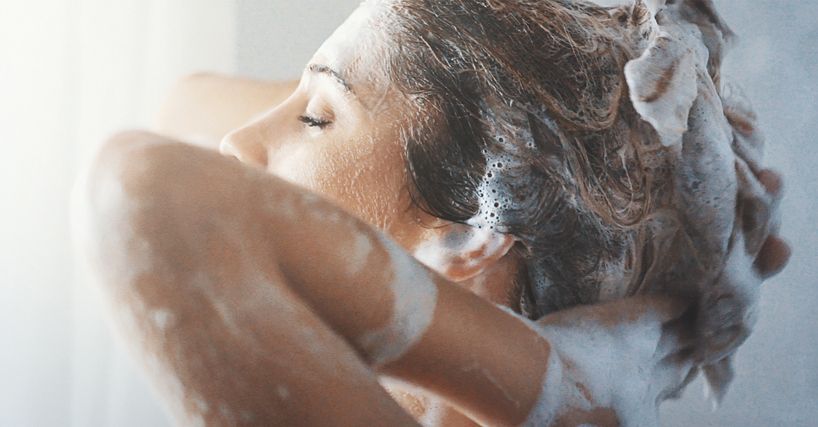

Book Now to Experience
F8 Hair Regrowth Treatment
1 Minute Self-Registration
Date should not be before minimal date
Author: Natalie Ng|28 April 2025
Thinning hair can be frustrating, whether it’s slowly getting worse over time or you’ve just started to notice more strands falling out than usual. It’s something many people face—women, men, and even younger adults. And while hair loss can happen for many reasons, like hormonal changes, stress, or a family history of hair loss, there are ways to slow it down and even encourage new hair growth. You don’t have to overhaul your entire life, but small changes can make a big difference. From how you wash your hair to the tools you use and what you eat, your daily choices can either help or hurt your hair follicles. Some people may also benefit from proven medical treatments that treat thinning hair, stimulate hair growth, and stop further shedding. In this article, we’ll walk through six changes you can start today to treat hair loss and avoid common mistakes that often make the problem worse. Whether you're dealing with female pattern hair loss, male pattern baldness, or patchy hair loss like alopecia areata, these practical tips can help you protect your scalp, support hair regrowth, and build a better hair care routine. Keep reading to learn how to fix thinning hair the right way—without falling into the same traps that make things worse.

1
Stop Over-Washing and Switch to Gentle Hair Care Products
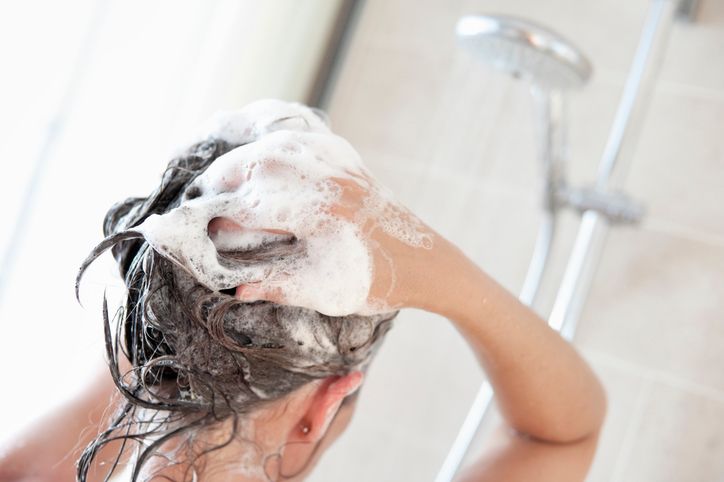
Why Less Washing Helps
Choose the Right Products
Be Careful with Heat
Wash with Care
Support Your Hair with the Right Ingredients


2
Examine Your Diet and Essential Nutrient Intake

Understand Nutritional Deficiencies That Impact Hair Growth
Food Swaps That Support Hair Growth
Read More

3
Protect Your Hair While Sleeping and Styling

Reduce Friction at Night
Avoid Tight Hairstyles
Cut Back on Excessive Heat Styling
Choose Hair Products Carefully


4
Address Underlying Health Conditions and Medications
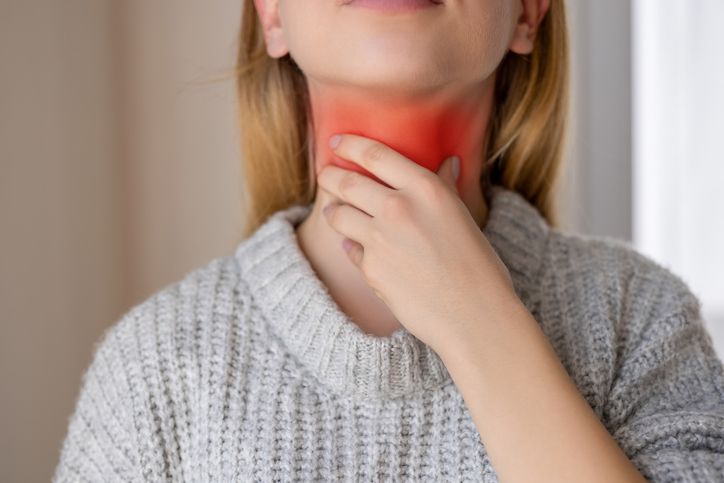
Medical Conditions That Can Affect Hair Growth
Medications That Can Cause Hair Loss
How to Move Forward

Book Now to Experience
F8 Hair Regrowth Treatment
1 Minute Self-Registration
Date should not be before minimal date

5
Choose the Right Tools and Techniques for Hair Care
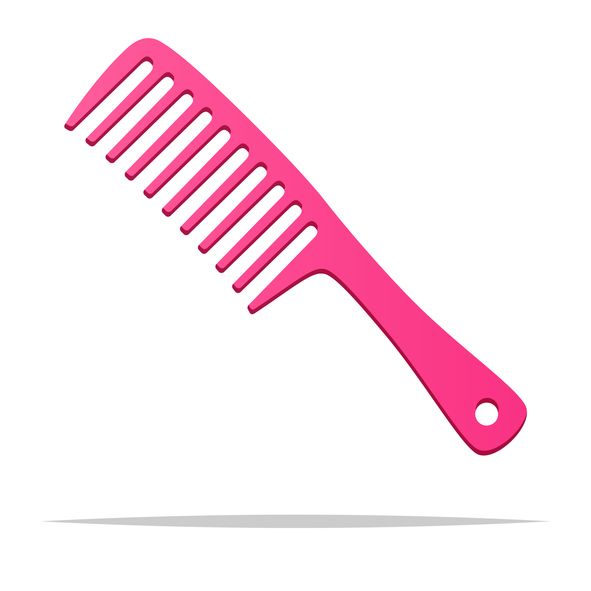
Use Tools That Minimize Breakage
Choose Hair Accessories That Don't Pull
Be Smart with Heat Tools
Keep Hair Products Lightweight
Styling Tips That Protect Your Hair


6
Implement Scalp Care and Massage Routines
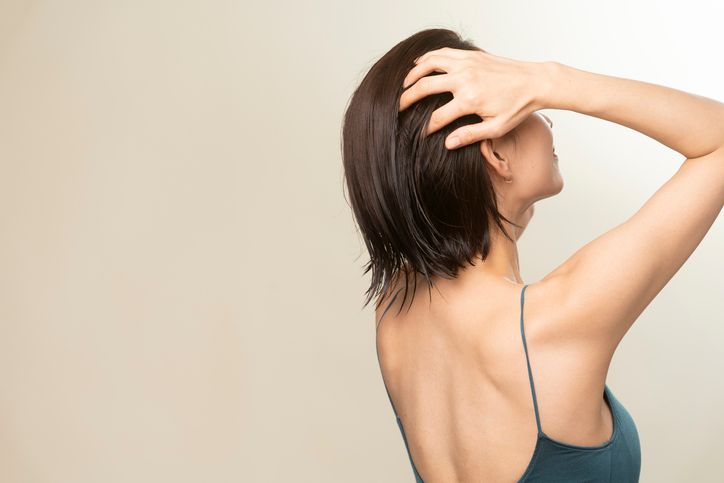
Start with Daily Scalp Massage
Add Essential Oils for Hair Growth
Practice Gentle Scalp Exfoliation
Focus on Key Pressure Points
Read More

7
F8 Hair Regrowth Treatment: A Non-Invasive Option to Support Thinning Hair

How F8 Works to Treat Hair Loss
Why F8 Can Help with Hair Thinning
A Supportive Add-On to Other Treatments
FAQ
Can Hair Thinning Be Reversed After Years of Chemical Treatments?
Chemically damaged hair can partially recover. You'll need to follow a thorough approach: 1) Stop all chemical treatments immediately, 2) Focus on scalp health through gentle massage and natural oils, 3) Support hair growth with biotin and protein-rich foods, and 4) Consider treatments like PRP therapy or low-level laser therapy. While complete reversal isn't guaranteed, significant improvement is possible with dedication and patience.
Is Genetic Hair Loss Different Between Maternal and Paternal Inheritance Patterns?
Genetic hair loss patterns do differ between maternal and paternal inheritance. You'll inherit the X-linked baldness gene primarily from your mother's side, but it's not the only factor. Your father's genes also play a significant role through autosomal inheritance, which affects both men and women. While maternal inheritance was long considered the main predictor, research shows that both parents' genetics contribute to your hair loss predisposition.
At What Age Does Normal Hair Thinning Typically Begin?
You'll typically notice normal age-related hair thinning beginning between ages 30-40, though it can start earlier or later. For men, the process often becomes noticeable in their 30s, with about 40% experiencing visible hair loss by age 35. Women generally see thinning in their 40s or 50s, particularly after menopause, though about 30% may notice changes in their 30s. The rate and pattern of thinning vary substantially among individuals.
Does Swimming in Chlorinated Pools Contribute to Hair Thinning?
Yes, chlorinated pools can contribute to hair thinning through two main mechanisms: 1) The chlorine strips your hair's natural protective oils, making strands brittle and prone to breakage, and 2) chemical reactions between chlorine and proteins in your hair can weaken its structure. You can protect your hair by wearing a swim cap, applying protective oil before swimming, and thoroughly rinsing with clean water immediately after leaving the pool.
Can Certain Hairstyles Permanently Damage Hair Follicles and Cause Thinning?
Yes, certain hairstyles can cause permanent follicular damage and hair thinning through a condition called traction alopecia. When you regularly wear tight ponytails, braids, cornrows, or extensions, you're placing constant tension on your hair follicles. This repeated pulling can scar your follicles, leading to permanent hair loss, particularly along your hairline and temples. You'll want to opt for looser styles and give your hair frequent breaks from any tension-causing hairstyles.

Book Now to Experience
F8 Hair Regrowth Treatment
1 Minute Self-Registration
Date should not be before minimal date
Recommended Articles
COPYRIGHT© NEW BEAUTY MANAGEMENT LIMITED 2025. ALL RIGHT RESERVED.

